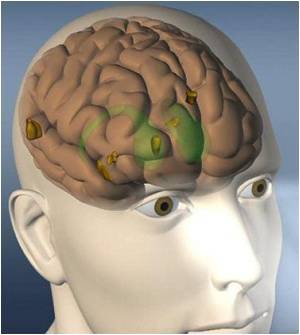A study finds that seniors in long-term care facilities are at high risk of head injuries, with 37% of people experiencing head impact in falls.

"Recent studies have documented a rapid increase among older adults in age-adjusted rates for fall-related head injuries, especially in the long-term care environment," writes Stephen Robinovitch, Simon Fraser University, Vancouver, BC, with coauthors. "The reasons for these trends are poorly understood."
To understand why falls result in head injury, researchers conducted a study based on video footage of 227 falls in 133 residents of a long-term care facility. They found that in 37% of falls, people struck their heads. In 63% of cases, the head hit the ground, in 13% a wall and in 16% furniture. Most of the falls to the floor hit hard flooring such as tile or linoleum.
"We found that head impact occurred in 37% of falls," the authors write. "By any measure, this is an alarmingly high prevalence."By contrast, head impact is rare in falls in young people. The researchers also examined the factors that associated with risk for head impact in residents of long-term care facilities. The likelihood of head impact was much higher for forward falls than for backward falls. Also, attempts to use the arms to break the fall were ineffective.
Hand impact occurred in 74% of falls in seniors. "Although we cannot identify why hand impact was generally ineffective in halting downward movement and preventing head impact, likely causes include ineffective arm placement; nonoptimal muscle tone or muscle activation at impact; and insufficient strength in upper-limb, neck and trunk muscles, which is amenable to improvement through resistance training," the authors write.
The study results suggest three areas for improvement: better procedures to detect possible brain injuries due to falls in long-term care residents; exercises to strengthen upper limbs; and design of safer environments, for example adding a compliant sublayer to flooring, soft enough to cushion the impact but not so soft that it impairs balance.
Advertisement









